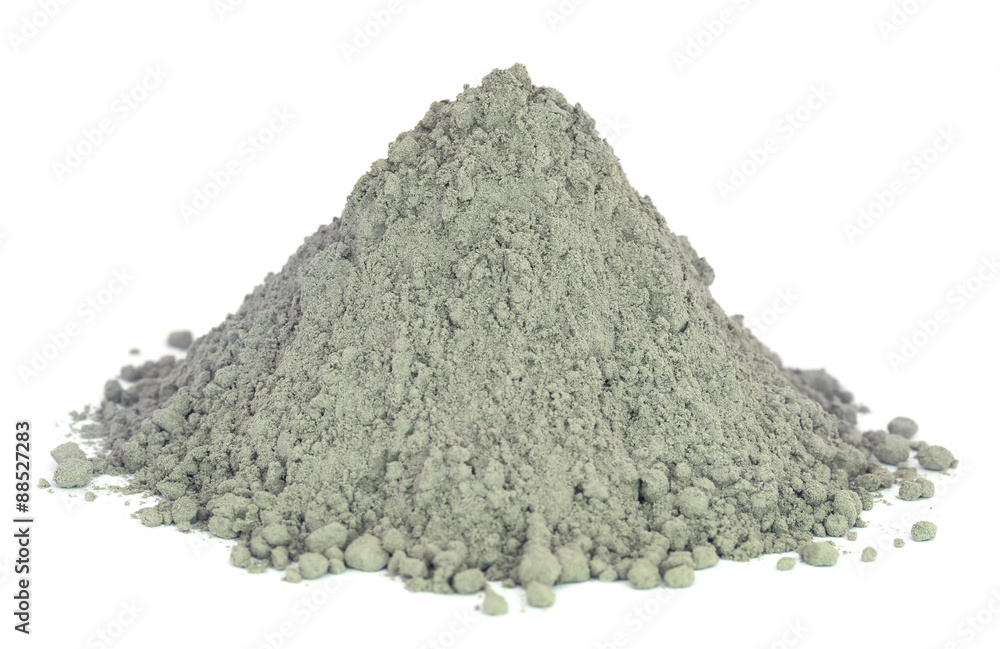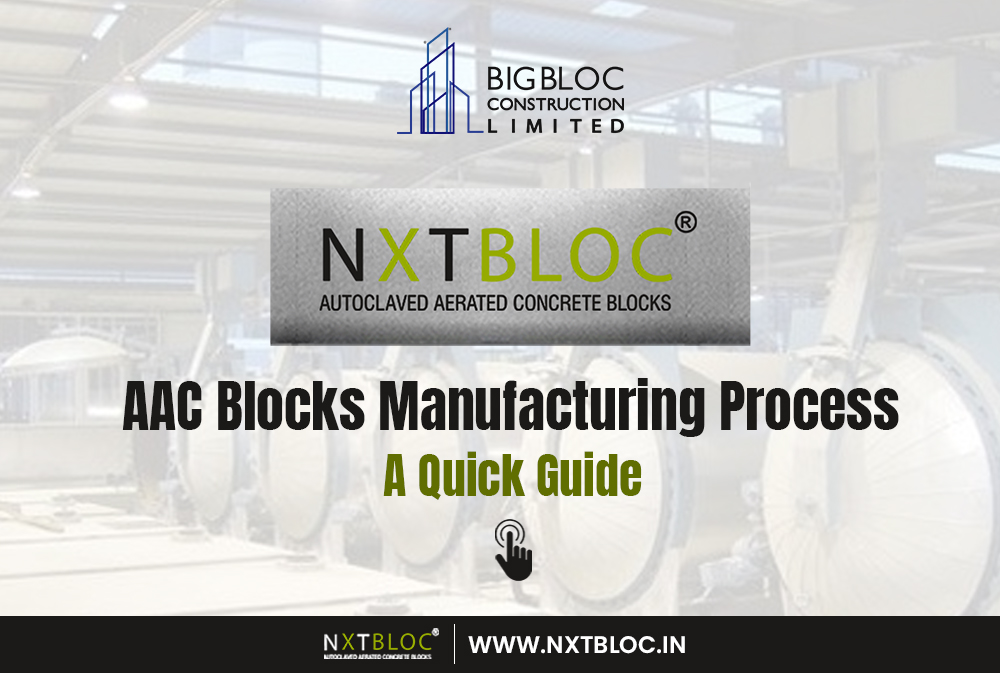Introduction to the manufacturing process of AAC blocks
The construction industry has been one of the hardest hit sectors during the Covid-19 pandemic. However, in the post-pandemic period, the sector has experienced a V-shaped recovery owing to the growth in demand for residential and commercial spaces across the globe. One main factor behind this V-shaped recovery is the use of innovative methodologies and budget-friendly, energy-efficient, and durable construction materials like AAC blocks and panels.
In the last few decades, AAC blocks and panels have become more popular. In 1978, AAC became popular as a perfect alternative to traditional construction concrete, but it was in 2012 that AAC started to use extensively in construction activities throughout the world, especially in developed and developing economies like the US, China, India, Singapore, Australia, etc.
Nowadays, AAC is used all around the world because it’s both cost-effective and easy to work with. It can be used for everything from building foundations to floors!
Have you ever wondered how AAC blocks are manufactured?
Let’s take a look at the manufacturing process of AAC blocks:
Raw Material
For the AAC blocks manufacturing process, raw material preparation is crucial. The raw material for AAC blocks is fly ash or pond ash. The mixture of fly ash and water forms a slurry, which is mixed with other ingredients such as lime powder, cement, gypsum and aluminium powder in quantities consistent with the recipe.

Dosing and Mixing
At the beginning of the mixing process, fly ash and sand are pumped together into a separate container. Once the desired weight has been achieved, pumping is stopped and the two ingredients are poured into individual containers using screw conveyors. Lime powder, cement and gypsum are then added to their respective containers using screw conveyors. Once the required amounts of each ingredient have been filled into their individual containers, control systems release all ingredients into the mixing drum.
Casting, Rinsing and Pre-curing
When the slurry made of fly ash, lime powder, cement and other ingredients is thoroughly mixed, it is poured into moulds. The amount of lime powder used will depend upon the type of concrete being made; the higher the amount of lime used, the stronger will be the finished product. Before casting, each piece of concrete is coated with a thin layer of oil to ensure that the green cake does not stick to the moulds.
Demoulding and cutting
Demoulding and cutting are two critical processes in the production of an AAC block. These two processes define how much rejection will be present in the final product, as well as how accurate the dimensions are. After being removed from the pre-curing room and lifted by a crane or rolled on tracks, demoulded blocks are sent for horizontal or vertical cutting for further processing.
Hardening
The cut blocks enter the autoclave, where hardening takes place. Once it has hardened, it leaves the autoclave, where hanging and stacking of semi-finished products takes place.
Packing and loading
Once the AAC blocks and panels are ready, they are packed with moisture-proof material, loaded onto a truck or transport vehicle, and transported to the destination.

Conclusion
AAC block production does not impact the environment any more than concrete construction does. As you can see, AAC blocks are a very reliable way to quickly and easily improve living conditions in developing countries.
NXTBloc has been in the AAC Block manufacturing business for years and we can provide you with the highest quality products. If you would like to know more about us and our products, please send us your enquiry at info@nxtbloc.in regarding your upcoming projects.
